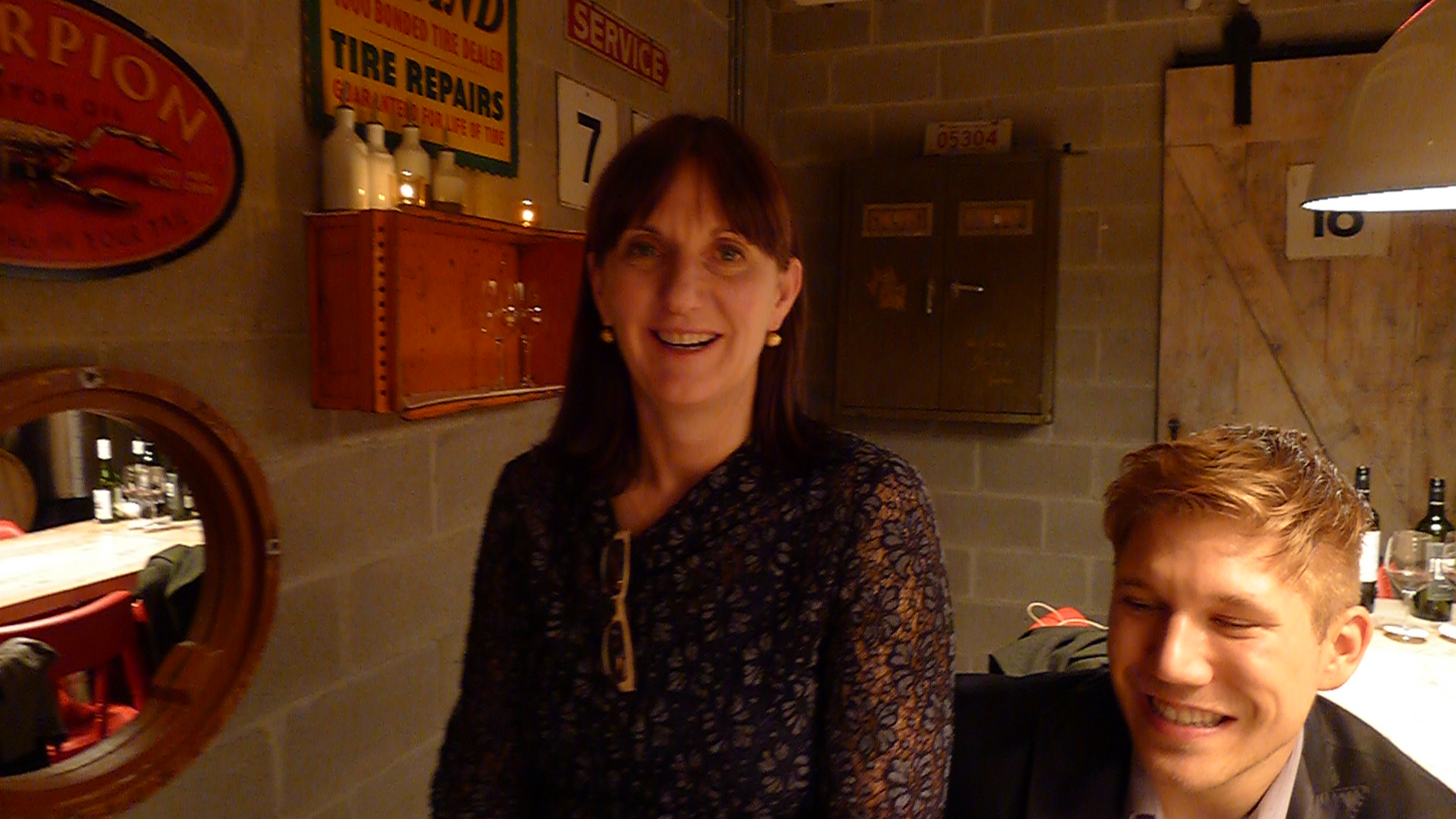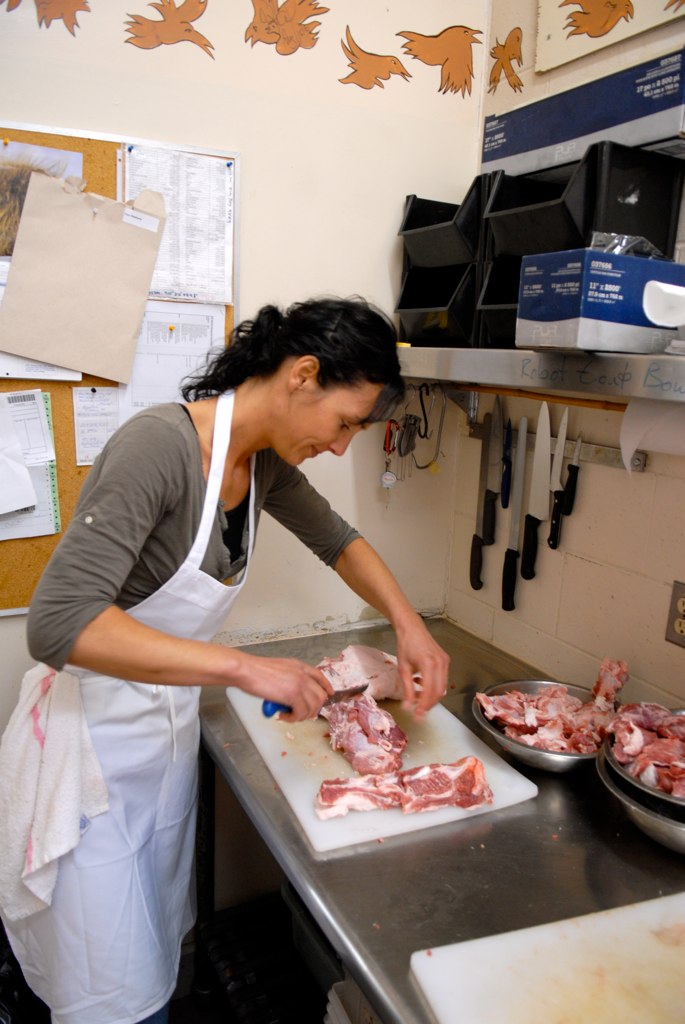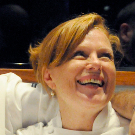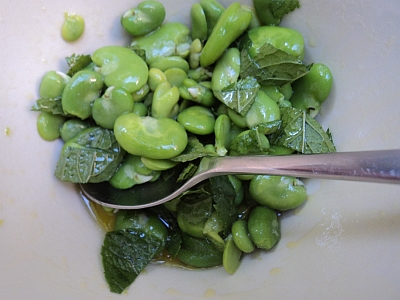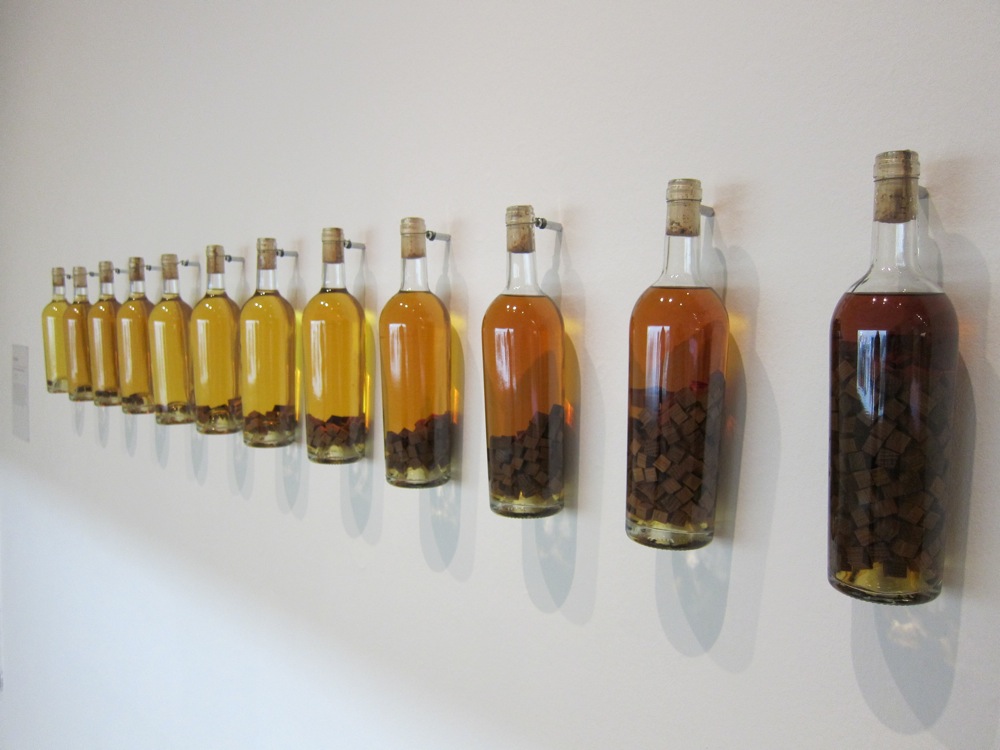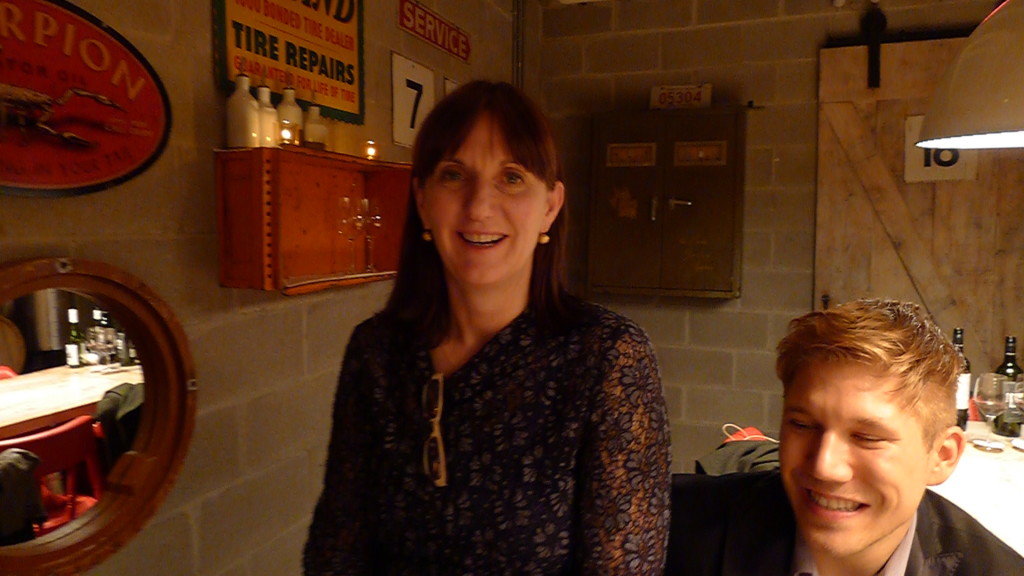
Wynns Winemaker Sue Hodder at Toronto’s Gusto 101 for a special Wynns dinner.
In an exclusive interview with Wynns Winemaker Sue Hodder, we get right down to the nitty gritty of what makes the wines from the Coonawarra, and particularly those of Wynns, so very special… and her answers may surprise you.
Good Food Revolution: Sue, how did your interest in wines begin?
Sue Hodder: I started at Roseworthy College (which is where many of Australia’s winemakers were educated) Being Surrounded by so many young people passionate about growing, making and marketing wine was contagious. I made lifelong friends and colleagues there and have been immersed in the wine community ever since
I started my working career in vineyards and have an interest in all things agricultural.
I love rural life – living in the vineyards, the soils and the seasons
GFR: And how did you come to find yourself Chief Winemaker at the iconic Coonawarra property of Wynns?
SH: After graduation, I was fortunate to get a vintage job with Penfolds in the Barossa assessing mature Shiraz vineyards. This was a great grounding in the importance of vineyard fruit selection which has served me well. I then undertook the rite-of- passage journey to London. I got a job in Oddbins, Fulham Road, which in 1985, had 2 Australian wines in the shop. The Aussie wine boom exploded about 5 years later.
I returned to South Australia (via a vintage at Fetzer vineyards in California) and then commenced graduated studies in Wine with at Roseworthy. I have been making wine at Wynns since 1993.
GFR: Over your 21years there what are the most significant changes that you have seen regarding how the grapes are grown and the wines are made?
SH: 1. Vineyards – working with Allen Jenkins, Wynns Viticulturist on an extensive rejuvenation programme of our vineyards. This has involved cutting back old vines and bringing them back to a new balance. We have also been replanting some lesser vineyards with new clones and rootstocks of Cabernet and Shiraz so that Wynns vineyards are set up for the next 60 years.
2. Winemaking – Sarah, Luke and I have spent a lot of time focussing on small parcels in different types of fermenters to express the terroir of our old vineyards. Wynns has upgraded the winery to give us this opportunity. We have also been working closely with 8 different French coopers to determine which barrels are best suited to our cooler climate, medium bodied wines.
3. Respecting Heritage and Tradition – Tasting the old Wynns wines certainly inspires our current winemaking. Furthermore, the experience of our winemakers is invaluable in making the best wines possible from our vineyards.
GFR: There’s always been a bit of a heated debate regarding the delimitation and the associated expansion of said limitation of the Coonawarra region. What are your personal thoughts about all of that?
SH: Defining the Coonawarra boundary in the early part of the 21st century was certainly a fraught and much publicised issue. Much has been written on the topic but at Wynns we are very fortunate to have a high percentage of the key viticultural sites on the famous terra rossa soil. We believe the terra rossa soil is the essence of Coonawarra and these vineyards define the flavour and character of the region.
GFR: Many years ago… many, many years ago, when I was studying wine, we were always taught that the distinctive aromatics that one often finds in Coonawarra Cabernet come from the eucalyptus trees surrounding the vineyards. Recently I have read a fair number of criticisms of this theory. What is your take on all of that stuff?
SH: Eucalyptus character (now named as cineole and measurable in wines and grapes) is present in many wines from around the world where eucalyptus trees are present.
I love majestic gum trees (eucalyptus trees) but we actually don’t have many of these in Coonawarra. The Wynns vineyards, in particular, which are in the heart of the terra rossa and surrounded by other, don’t have trees around them. The perceived minty characters that can be observed in some Coonawarra wines are more accurately described as pyrazines and related compounds. In general the Wynns wines are described as having less of this character. We like some minty freshness but just respect the terroir we have.
GFR: So if you were to describe what makes Coonawarra Cabernet so unique, which elements would you bring to the attention of a young Jamie Drummond studying wine?… how would you set him straight and ensure that he had a full understanding of Coonawarra before heading off out into the wide world?
SH: Good Coonawarra Cabernet should have a deep colour and fresh red hue until at least 8 years old. The wines should be fresh and have a lifted dark cherry aroma with a hint of mint and dried herb. The palate is medium bodied with moderate (around 13.5% alc) and good length. tannins are evident but supple even in young wines… The best examples age slowly.
GFR: Alright… with that in mind, what makes the wines of Wynns so special? What differentiates Wynns’ wines from the many other Coonawarra producers from the region?
SH: At Wynns we have a large percentage of the prime vineyard sites in Coonawarra. Therefore, we are able to make careful selections from the many small sites to respect the terroir and character of the region. We also have a winery that combines the latest technology with some historical elements. It is large enough that we can pick all our grapes at optimum and not have to compromise due to tank space.
Above all, the Wynns wines should be notable by their balance. There should be a framing structure to the wine with no sharp edges. As a winemaker at Wynns, I am fortunate to have a library of 60 years wines to refer to. These older wines are truly inspirational when we are making the wines of the 21st century.
GFR: You have attended many a Winemaker’s dinner throughout your tenure at Wynns. What is the most surprising food pairing that you have seen with your wines?
SH: Wynns Cabernet can be paired so well with a range of dishes so I am often delighted but not surprised. However, it is always a thrill to see our wines paired so beautifully with Chinese and south-east Asian foods. I have had the 96 Cabernet with some stunning duck dishes.
GFR: Thanks so much for your answers Sue!
…
 Edinburgh-born/Toronto-based Sommelier, consultant, writer, judge, and educator Jamie Drummond is the Director of Programs/Editor of Good Food Revolution… And he does like Wynns, that’s for sure.
Edinburgh-born/Toronto-based Sommelier, consultant, writer, judge, and educator Jamie Drummond is the Director of Programs/Editor of Good Food Revolution… And he does like Wynns, that’s for sure.

